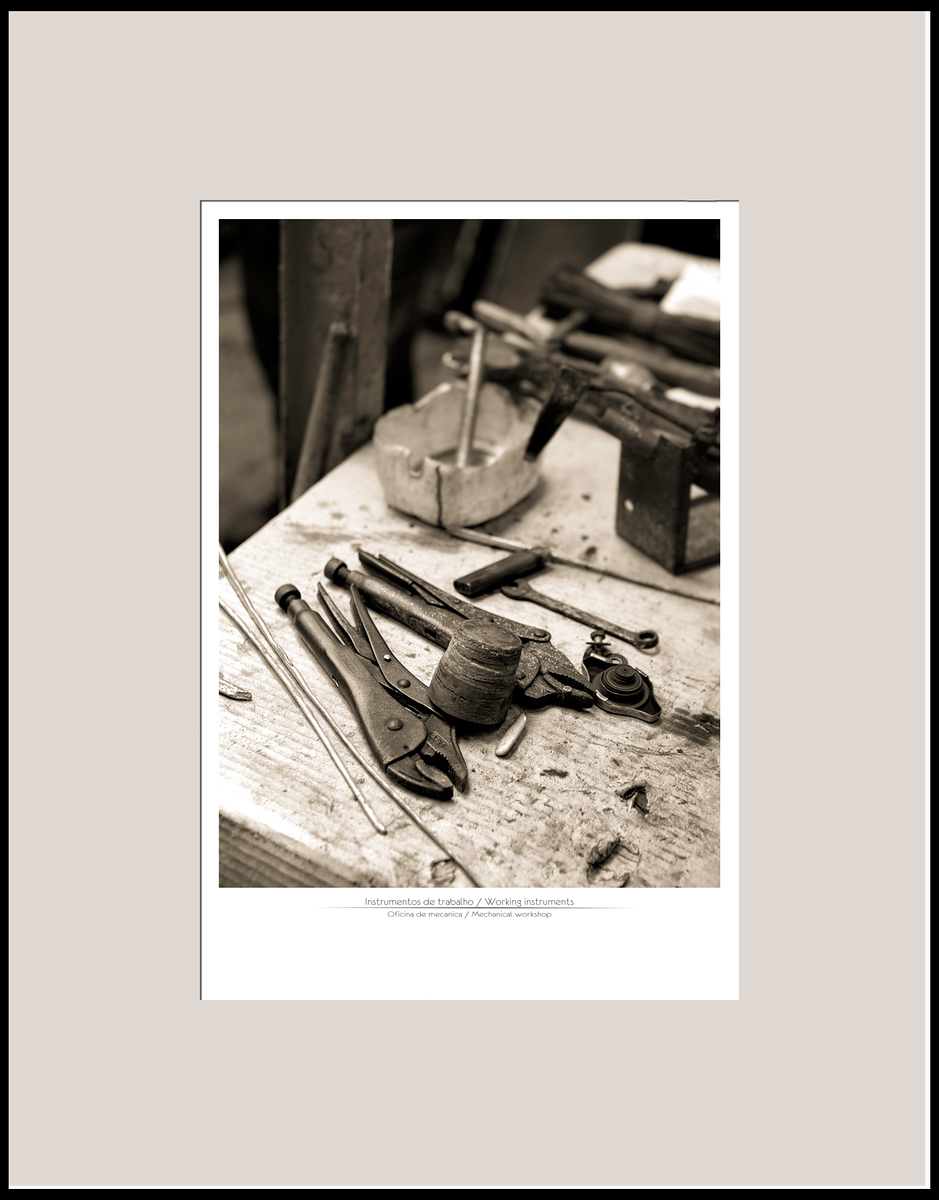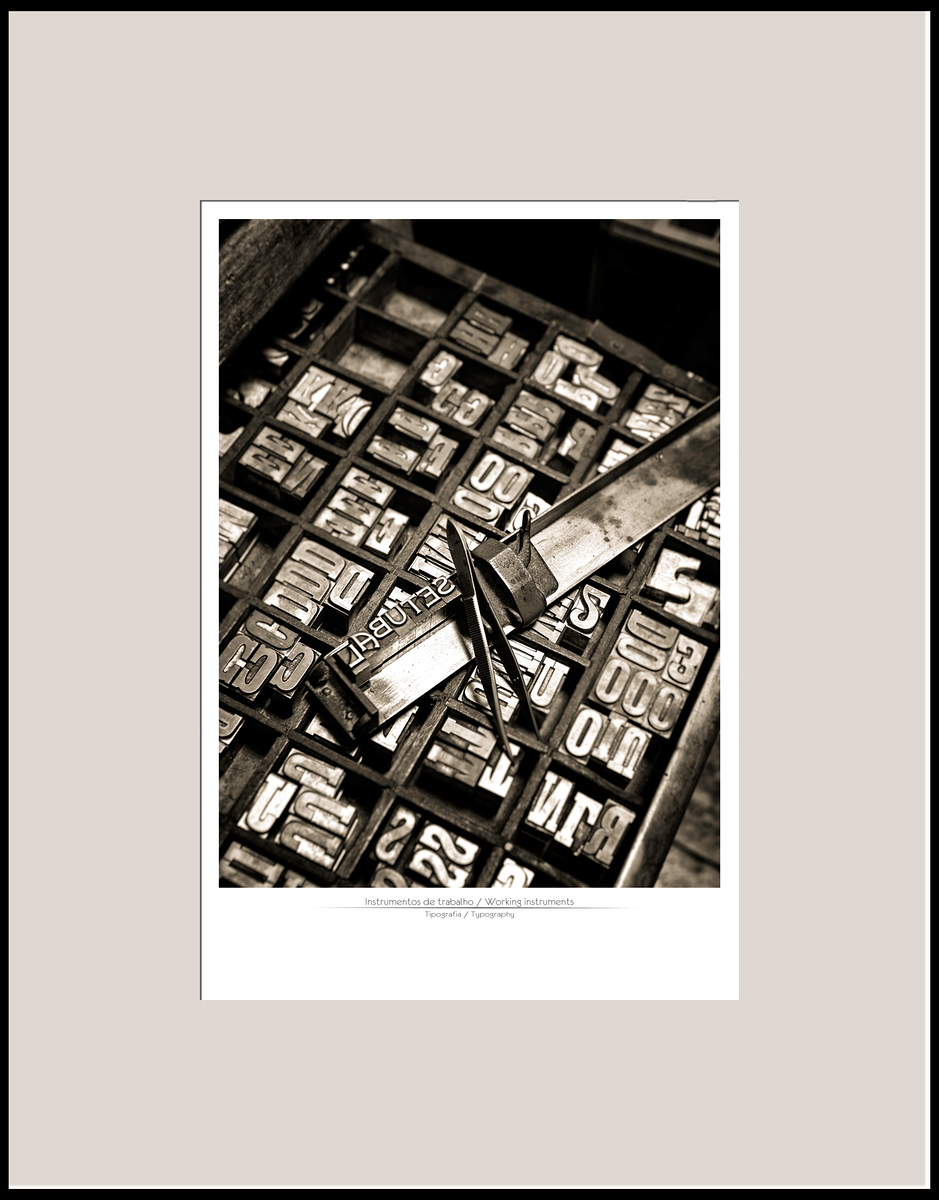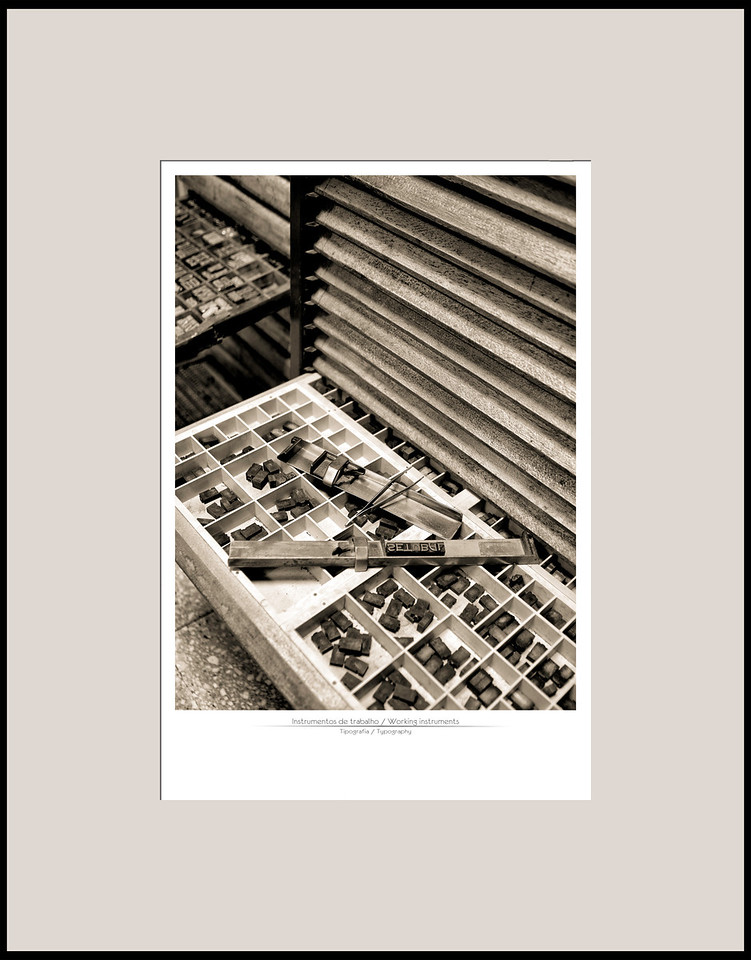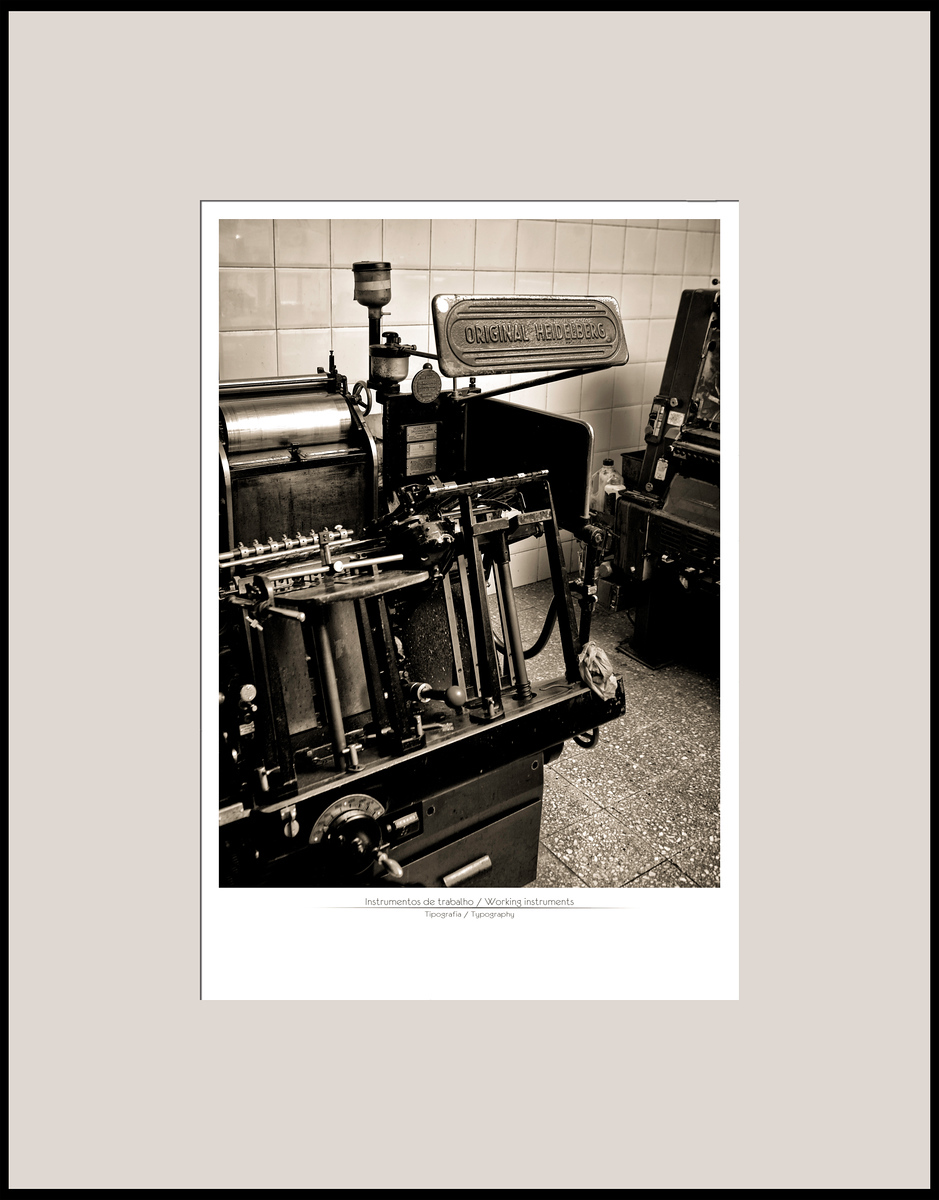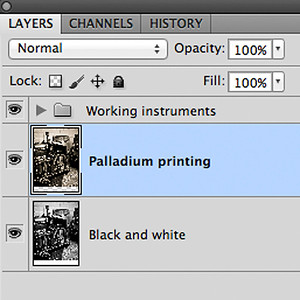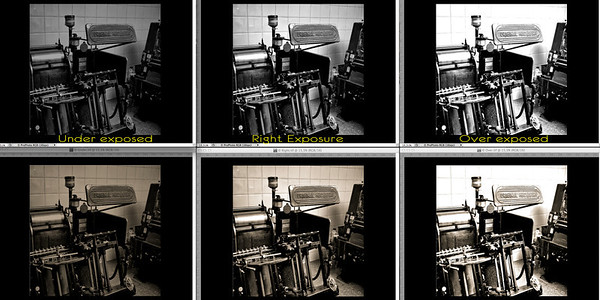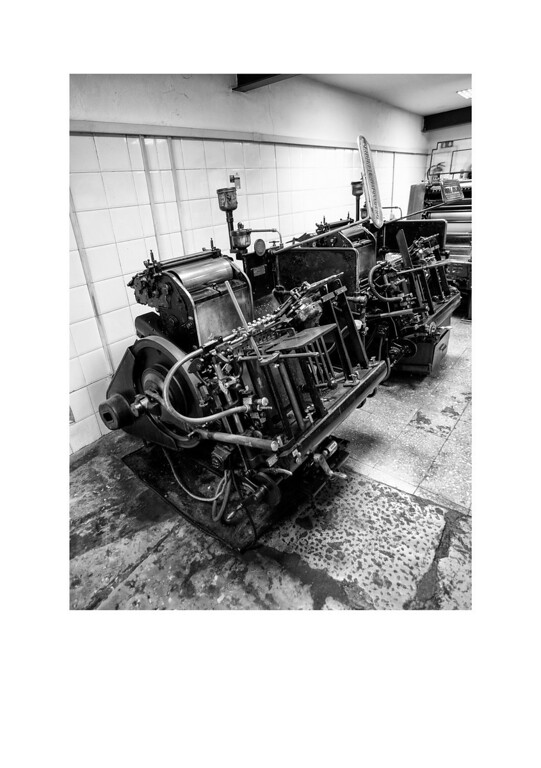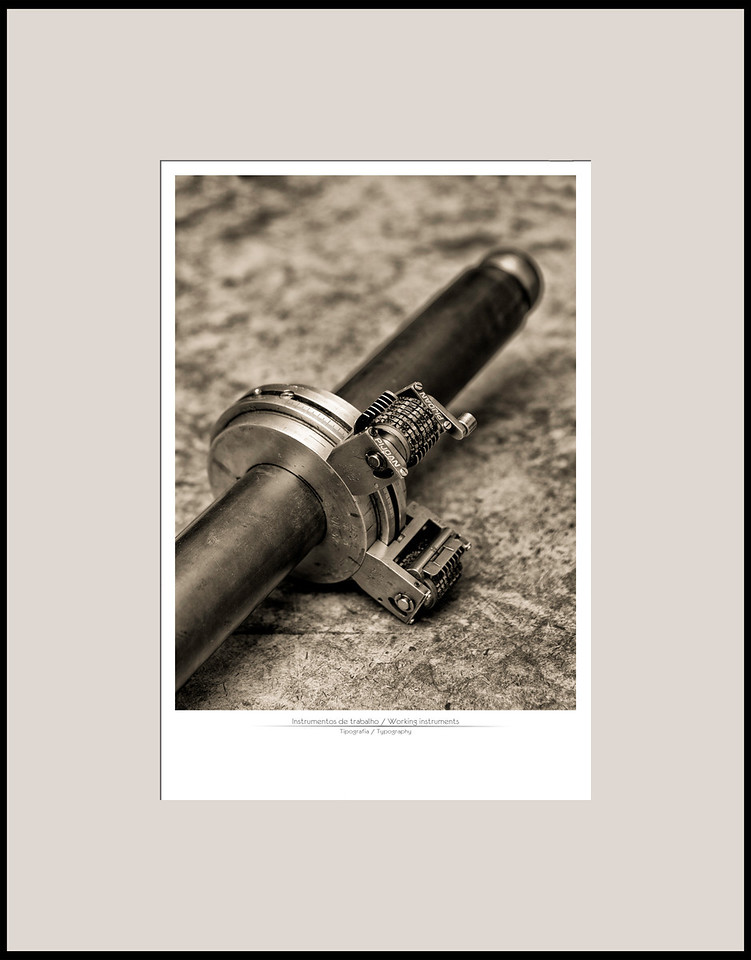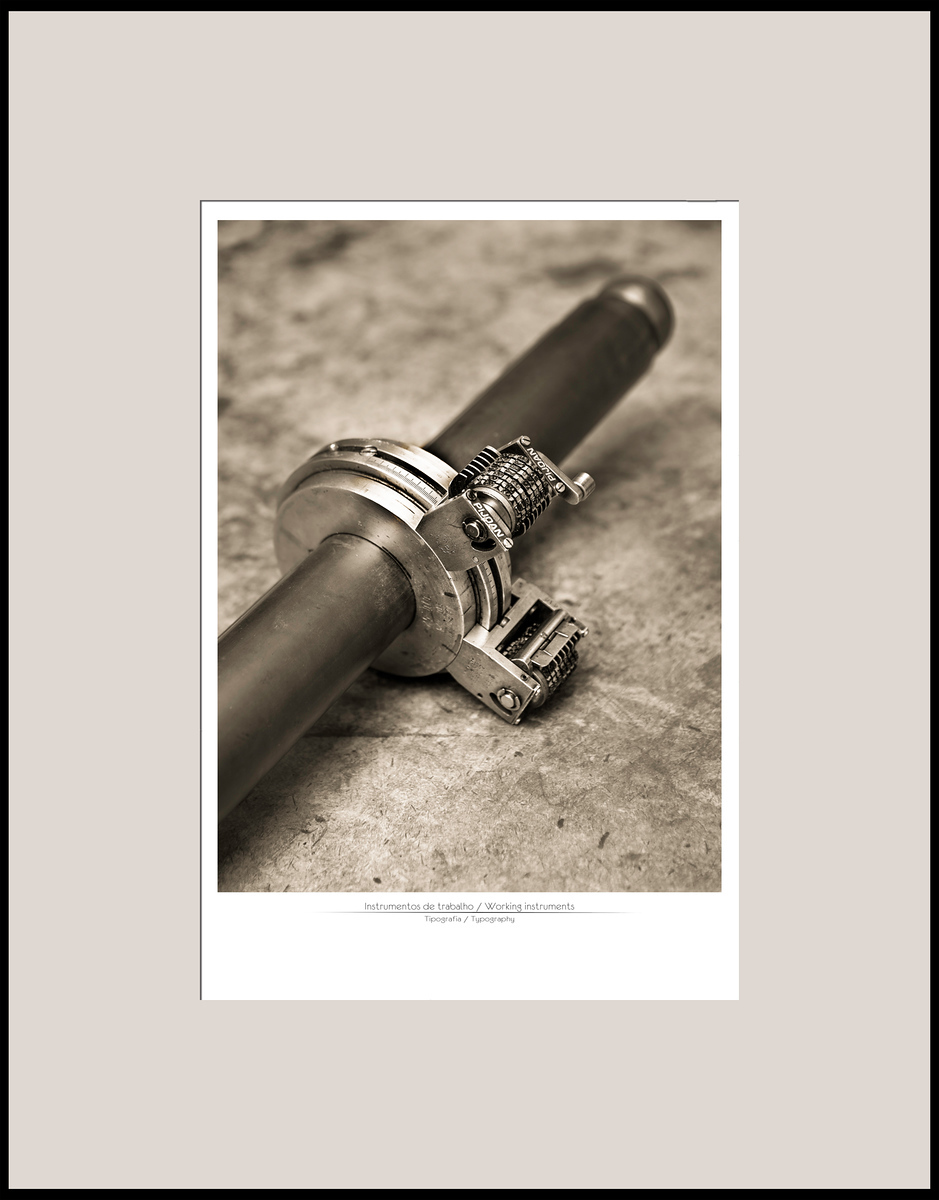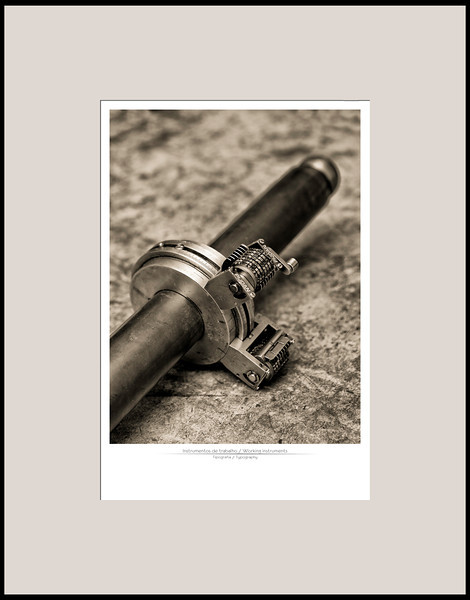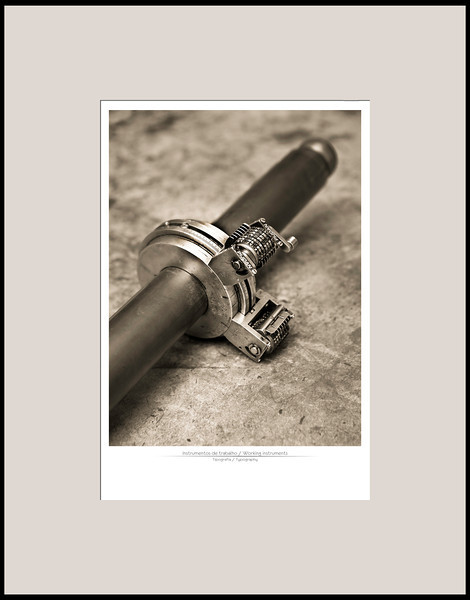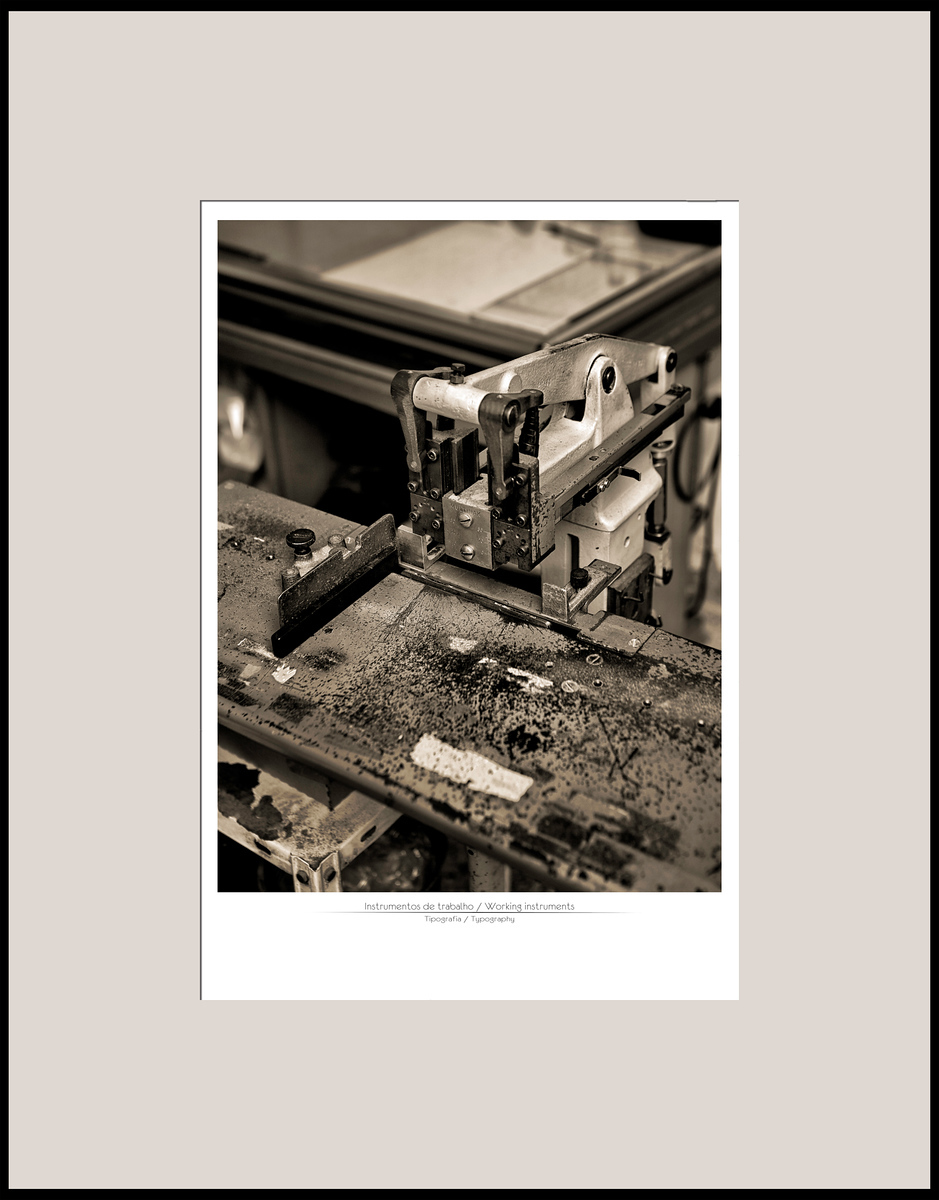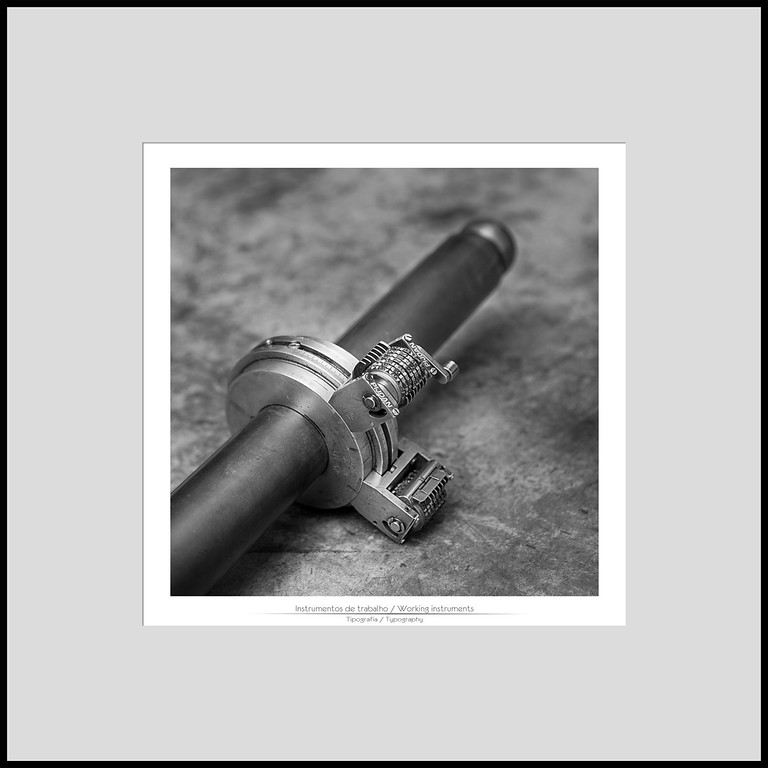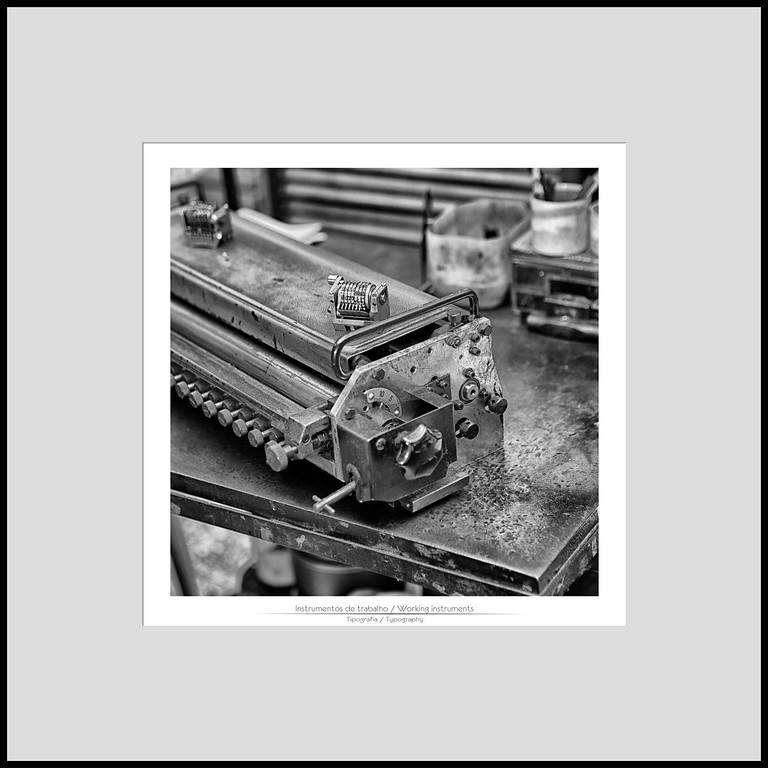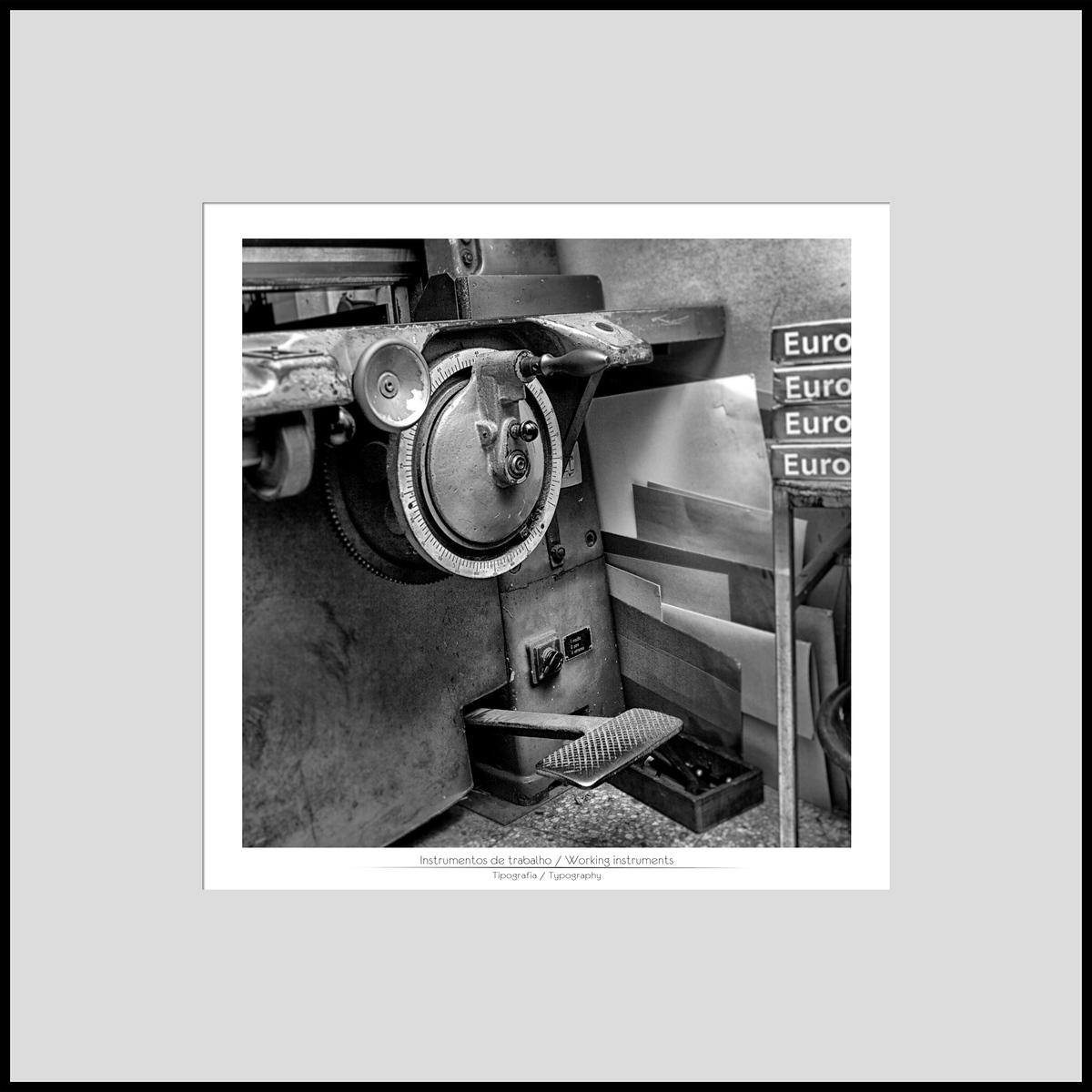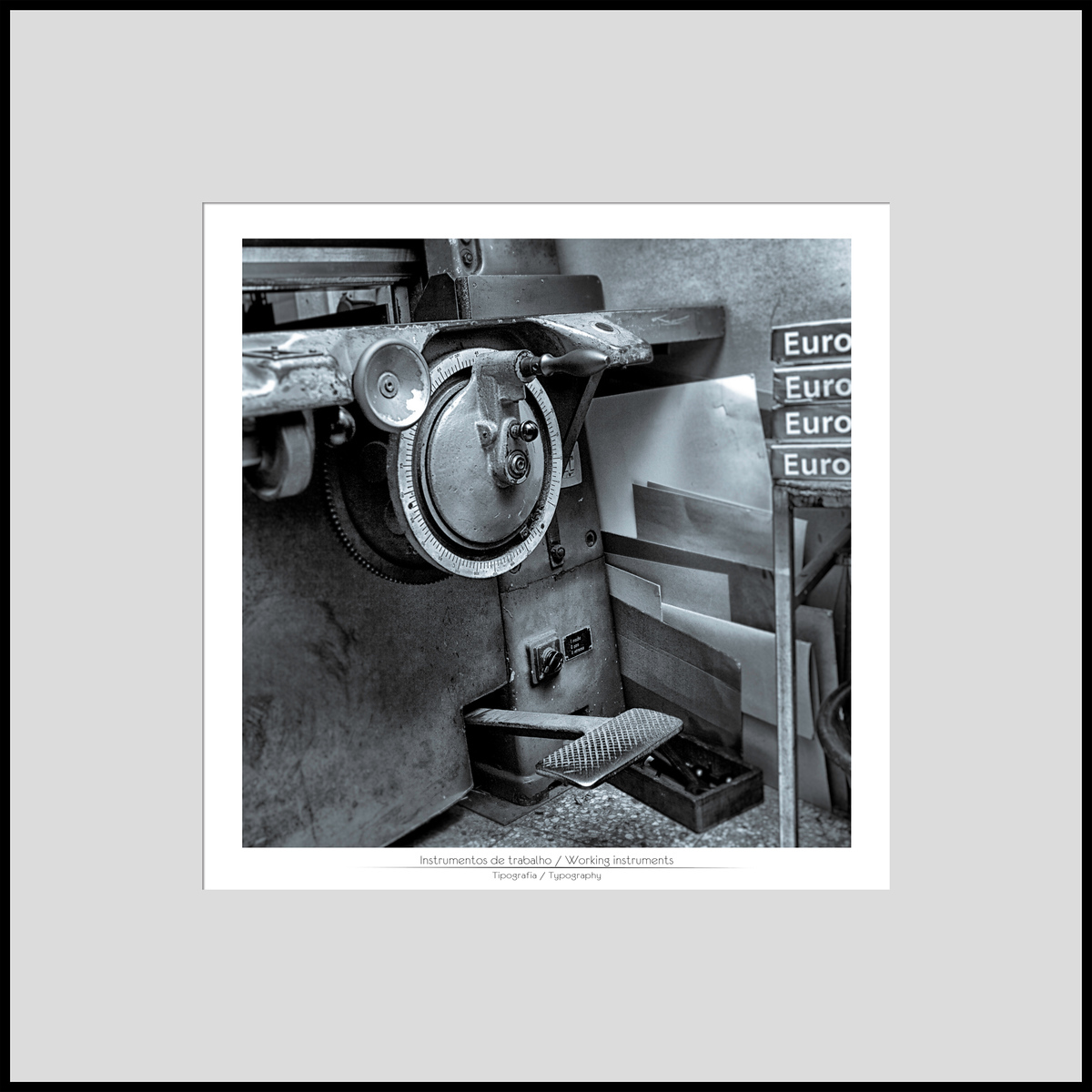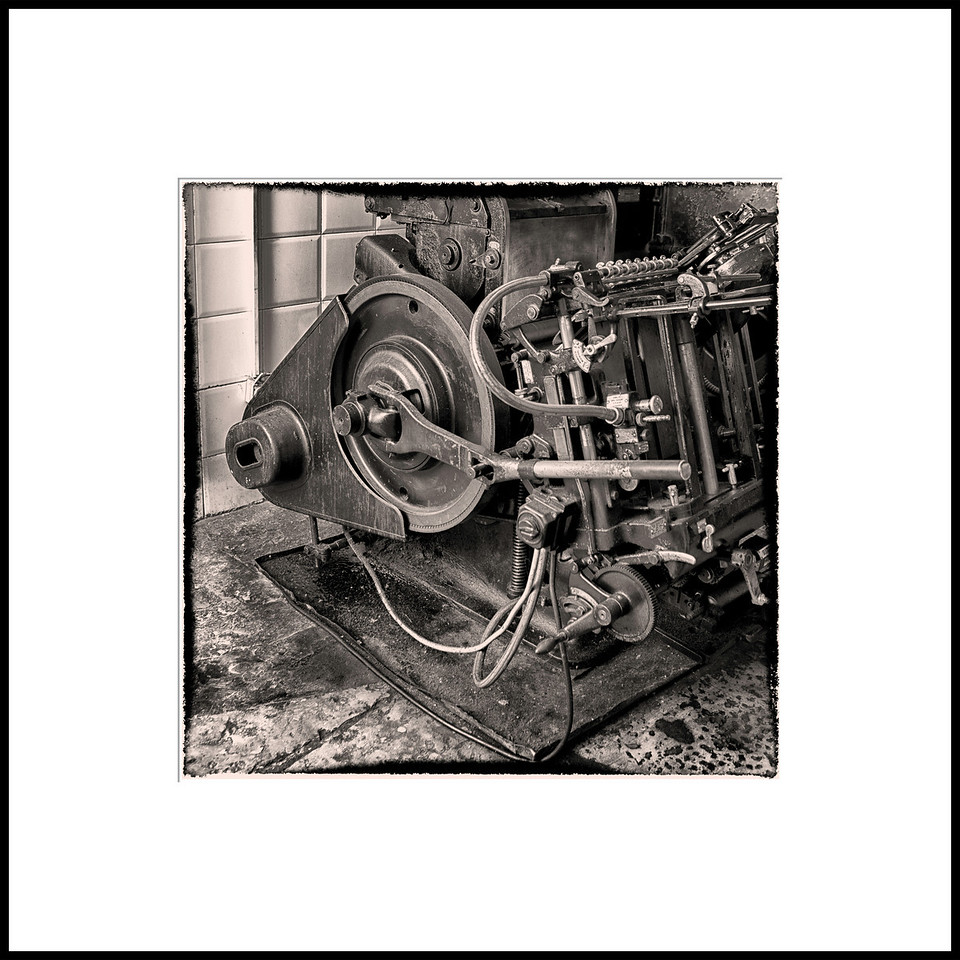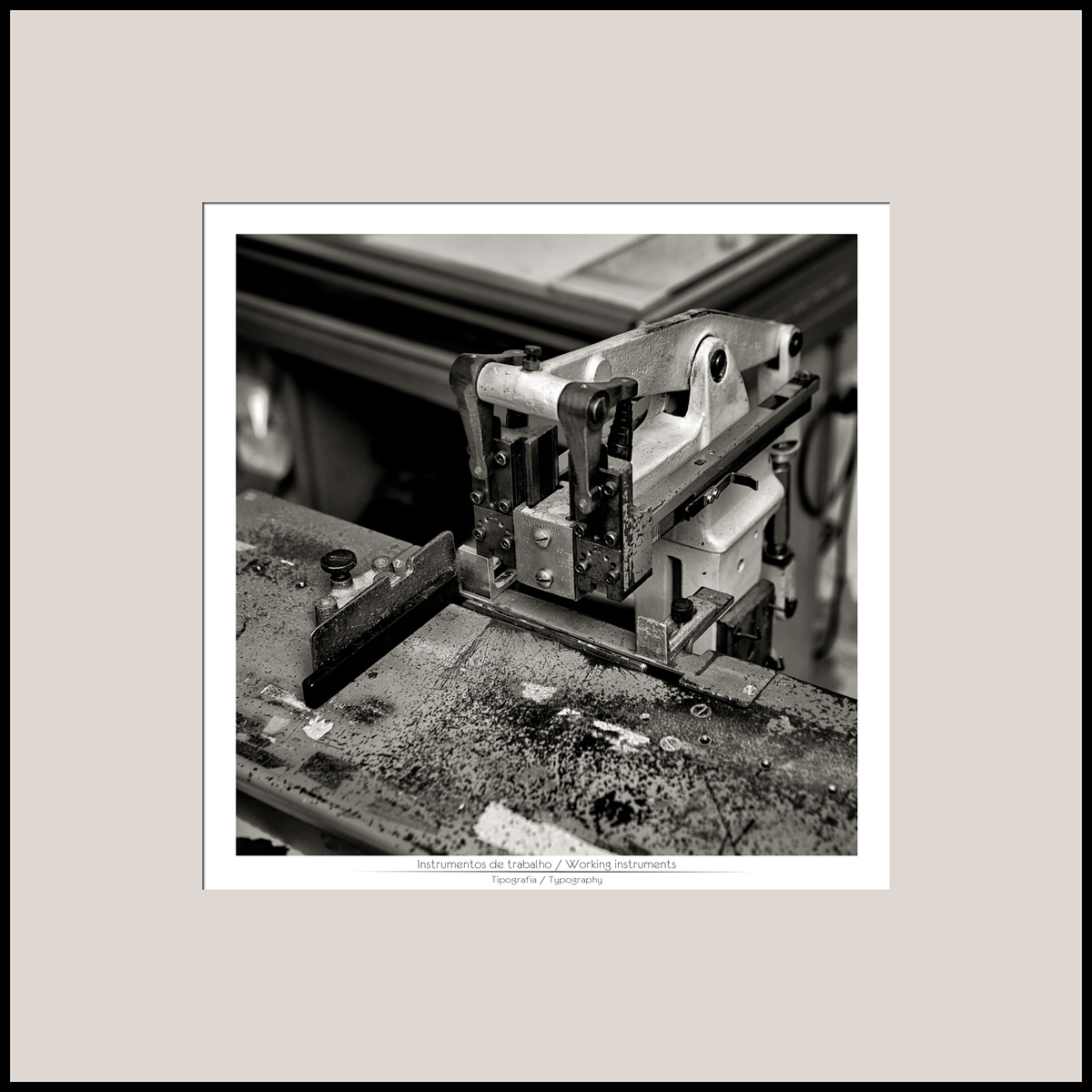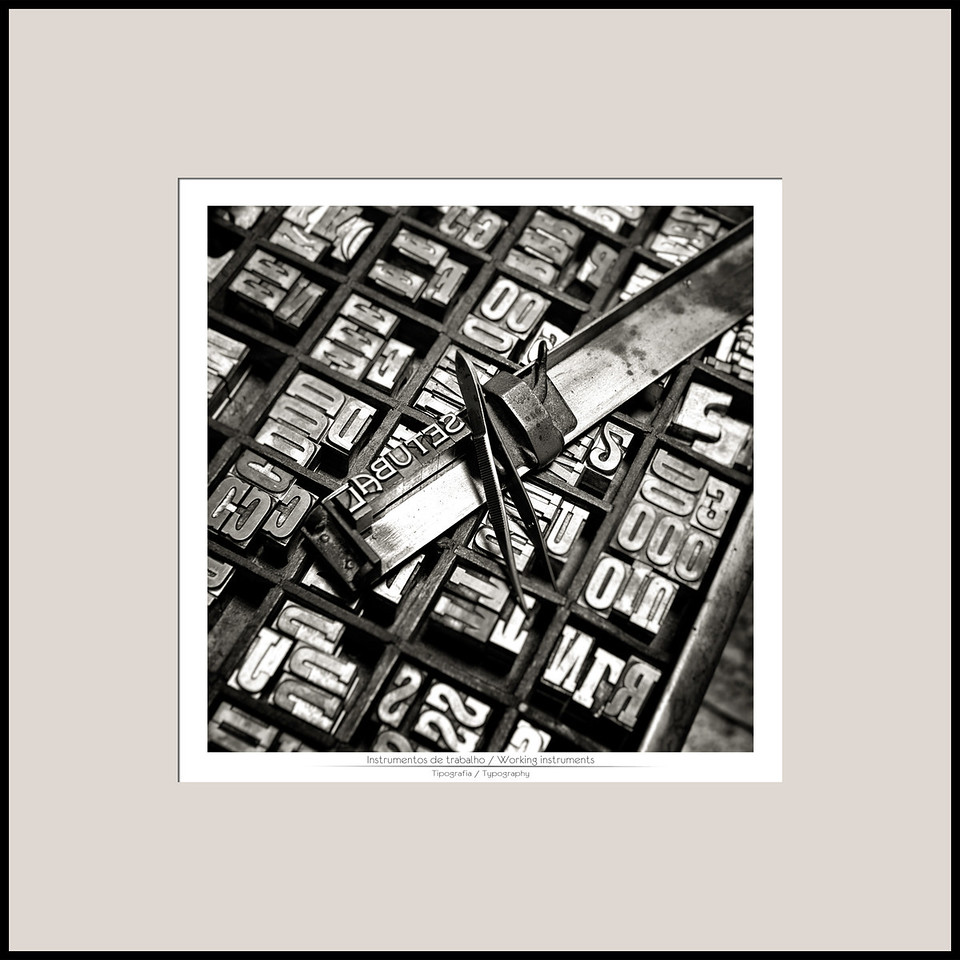Antonio Correia
Well-known member
"Working instruments" is a project in progress I have just started.
I am making visits to several shops/offices in Setúbal where people is allowing me to photograph their working instruments, mainly old ones or those who are not in use anymore.
Unfortunately some - like a shoemaker I am remembering at this very moment - are closing because of the crisis and/or because people just get old and retire or... die.
The project will be in my site only after 15 or 20 images are done. Hope you like.
Feel free to critique ! Thank you !
I am making visits to several shops/offices in Setúbal where people is allowing me to photograph their working instruments, mainly old ones or those who are not in use anymore.
Unfortunately some - like a shoemaker I am remembering at this very moment - are closing because of the crisis and/or because people just get old and retire or... die.
The project will be in my site only after 15 or 20 images are done. Hope you like.
Feel free to critique ! Thank you !

